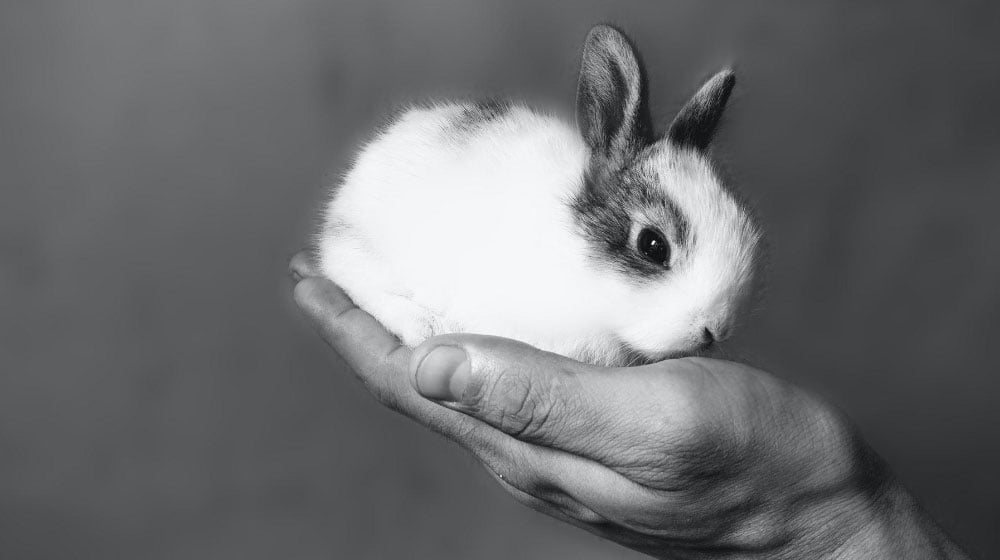There is still a lot of confusion over whether paraffin wax can be classed as vegan friendly and whether it is harmful to the environment, with this article we want to tackle some of the common misconceptions and issues surrounding paraffin wax and concerns surrounding veganism and sustainability.
With its origins in the Petroleum industry, it has of late become something of a pariah within the candle-making industry, this is partly due to an increased awareness of environmental issues and a subsequent increase in demand for so-called ‘natural’ products, but mostly, this product has been often described as non-vegan-friendly. Whatever the case, paraffin has gone from being the leading wax used in candle making to ranking considerably lower down the chain.
As an increasing number of people choose the vegan lifestyle, more and more businesses have become keen to market their products as ‘vegan-friendly’ to appeal to this growing demographic. More consumers are now looking for products that are cruelty free and vegan friendly, however, if you, as the candle maker, were to investigate further, you will discover that paraffin, as a product, is indeed both ‘vegan friendly’ and ‘cruelty-free’.
What Does Vegan-Friendly Mean?
The Cambridge English dictionary defines the term Vegan in the following way,
noun
a person who does not eat or use any animal products, such as meat, fish, eggs, cheese, or leather:
“Vegans get all the protein they need from nuts, seeds, and cereals.”
adjective
not eating, using, or including any animal products:
“a vegan diet”
However, this term doesn’t exist in a vacuum and it’s linked to a constellation of terms that describe a broader worldview and set of common values, such as, vegetarianism, cruelty-free and environmentally friendly just to name a few.
Vegan Friendly And Environmentally Friendly. Knowing The Difference
It has become quite common to categorise paraffin wax incorrectly, but it’s an understandable misconception, as the line between what can be considered vegan friendly and environmentally friendly are blurred. That being said, there are very different criteria to define the two, and the terms are by no means interchangeable.
Paraffin is 100% free from animal or animal-derived components and is cruelty-free. This means that paraffin wax can be used in any vegan-friendly product without any labelling implications.

However, the claim for the wax being environmentally friendly is a little more complex, as Director of Cosy Owl Richard Fewings comments:
“Paraffin wax is viewed as environmentally unfriendly due to its association to the petroleum and mining industry and the wax’s manufacturing process. However, with paraffin being free of any animal products, this ensures it can be used in any vegan-friendly product”
The process of making paraffin wax was discovered in the 1850s when chemists realised that the left-over waste product left by the removal of crude oil could also be refined to separate the waxy substance and use this by-product to produce candles and a wide variety of other products and applications such as coatings, casting, as a lubricant and more.
“We (Cosy Owl) do not pretend to define paraffin wax as an environmentally-friendly product, we’re acutely aware that the manufacturing process involved in obtaining the oil, and its origins within the petroleum industry have a detrimental impact on the environment – On the other hand, this product is undoubtedly an example of great ingenuity; of making better and full use of mining practices and reducing wastage, which would take place regardless of the paraffin market, an insignificant portion of the industry as a whole We would propose then, that there is a place within the crafts industry for this product alongside more environmentally-friendly and ‘natural’ options”

Properties And Characteristics Of Paraffin Wax
It should be pointed out that paraffin wax does also have some performance benefits over other types of wax. In fact, due to its malleable molecular structure, it is generally easier to work with, and less prone to crystallisation, it also has a superior scent throw and overall is more efficient in holding colour dye.
On the flip side, natural waxes such as soy and bee’s wax, are generally 100% biodegradable (unless chemically manipulated), whereas paraffin wax is not. Another environmental concern regards its impact on air quality; although there has been little in the way of scientific measurement until now at least, it has been raised as a concern that paraffin wax is a worse emitter of particulates.
It’s important to bear in mind that any type of combustion produces some particulates.
By far the best way to minimise this is to ensure that you have done plenty of testing in selecting the right wick for the wax, container size, fragrance and dye combination to give as clean a burn as possible.
When deciding to select your wax, there is no easy and clear cut solution, but surely the best way to approach this matter begins with education on scientific and updated data, a factual perspective that allows us to be fully and unambiguously informed.


I’m giving IGI 6046 a try. Fingers crossed. If you have any tips or tricks or words of wisdom about this wax please let me know at floridasalters@gmail.com in case I cannot find this article again.
Much appreciated!!
Thank you for contacting us, this is not a wax we sell and therefore have not tested in house. Whilst a lot of paraffin waxes will behave the same way when manufacturing candles I wouldn’t be able to guarantee this.
Really informative and glad I came across this article to help me question what type of wax to buy for candlemaking